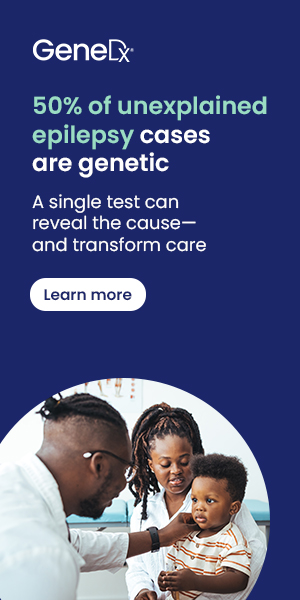In July of 2024, I visited Denmark and Italy to research their health systems as it pertains to rare diseases. In Denmark, I visited Copenhagen University and met with Oncology professionals to understand their views on rare diseases and rare blood disorders. I also sat through a PhD dissertation defense to better understand the academic process at the University.
Rare diseases, each affecting a small fraction of the population, collectively present a significant public health challenge globally. Italy has emerged as a leader in addressing this challenge, pioneering in the establishment of centers for rare diseases that offer specialized care, genetic testing, and genetic counseling. These centers not only provide critical support for patients but also serve as hubs for clinical trials and research aimed at understanding and treating these rare conditions. The importance of early diagnosis, access to orphan drugs, and continuous clinical research cannot be overstated in the realm of rare diseases, where timely medical intervention can significantly alter outcomes.
This article explores Italy’s forefront role in combating rare diseases through its national and regional centers dedicated to this cause. It delves into the national initiatives that have positioned Italy as a beacon of hope for patients with rare genetic disorders, highlighting the major centers for rare, genetic diseases, and their contribution to advancing clinical research, including clinical trials and genetic counseling. Additionally, it outlines the research and development focus areas that are critical in the quest for new treatments and early diagnosis. Through this comprehensive guide, readers will gain insights into the collaborative efforts and cutting-edge strategies employed in Italy’s battle against rare diseases, setting a benchmark for global standards in specialized healthcare and clinical excellence.
Understanding Rare Diseases
Rare diseases (RDs) are a significant public health priority, collectively affecting 6-8% of the European population, which corresponds to over 30 million people [4,5]. According to the Regulation of the European Commission (No. 141/2000), a RD is defined as a condition affecting no more than 5 per 10,000people [2,3]. There are currently up to 8000 described RDs [1].
Definition and Scope
RDs are severe, multi-systemic, often life-threatening or chronically debilitating conditions that can impair physical and mental abilities and shorten life expectancy [7,8,9,10]. Approximately 80% of RDs have a genetic etiology, with the remaining 20% being multifactorial diseases caused by a combination of genetic and environmental factors [2].
Challenges in Diagnosis and Treatment
Due to their rarity and lack of clinical expertise, the early diagnosis of RDs is often difficult, resulting in delayed access to hospital care and pharmacological therapy [3]. Despite their number and heterogeneity, RDs are united by the difficulty for patients in obtaining an appropriate and rapid diagnosis, the rare availability of decisive treatments, the often-chronic disabling disease course, and the family and social burden [2].
Genetic and Environmental Factors
While about 80% of RDs are of genetic origin, the remaining 20% are multifactorial diseases caused not only by individual susceptibility but also by other factors such as environmental factors, food factors, or the interaction between genetic and environmental causes [2]. The age of onset for RDs can vary significantly, ranging from prenatal phase to birth onset, childhood, or adulthood [2].
Despite numerous advances, scientific research needs to be further encouraged to understand the mechanisms underlying rare diseases and develop new diagnostic and therapeutic approaches [2]. Continuous clinical research, including clinical trials and genetic counseling, is crucial for improving patient care and health services planning [4].
National Initiatives in Italy
The National Network of Rare Diseases was established by Ministerial Decree 279/2001, consisting of health structures from regional systems that contribute to developing prevention actions, implementing surveillance, improving interventions for diagnosis and treatment, and promoting information and training for citizens and operators [5]. The main nodes of the Network are the centers identified by the Regions for diagnosing and treating patients with rare diseases, and the regional and/or interregional Registries that feed the National Register of Rare Diseases established at the Istituto Superiore di Sanità (ISS) [5].
Italian Network on Rare Diseases
The activity of the Italian National Institute of Health (ISS) on rare diseases was institutionalized in 2001 with the establishment of the National Register of Rare Diseases – DM279/01, an important surveillance tool to understand the epidemiology of these pathologies and support national and regional programming [6]. Access and processing of data are permitted in compliance with personal data protection provisions and security measures [5].
National Register of Rare Diseases
The Italian National Register of Rare Diseases is established at the ISS in implementation of Article 3 of the Ministerial
This article was researched and co-written with Corinne McSpedon.

